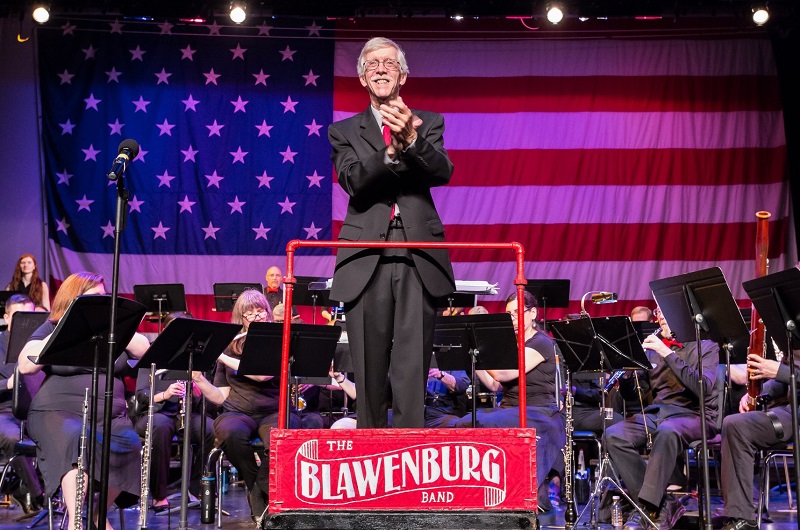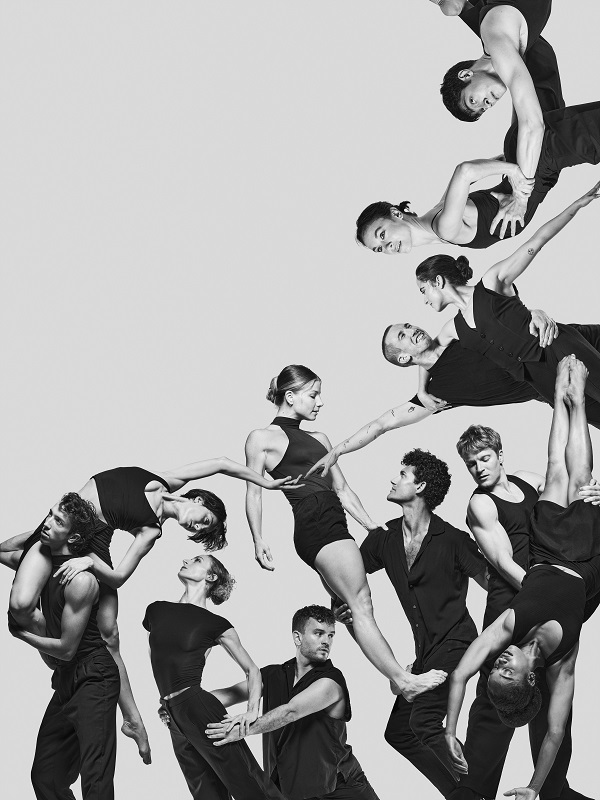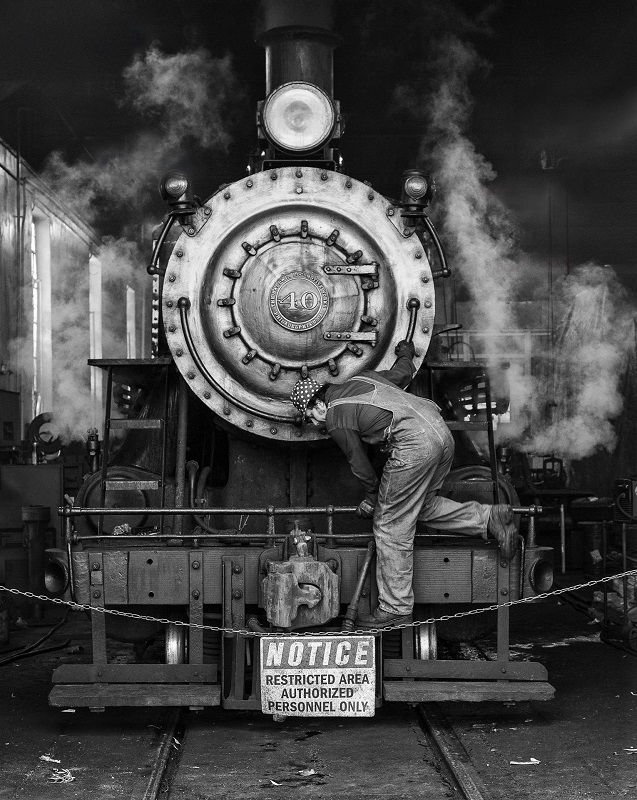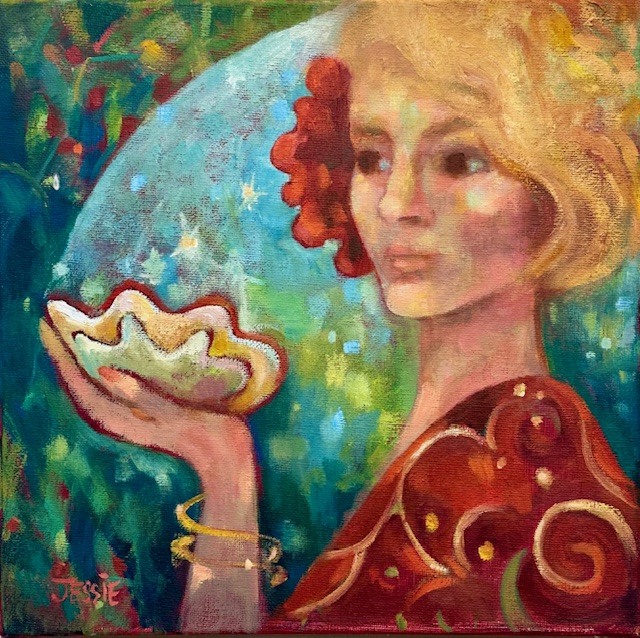By Stuart Mitchner
An open pack of premium cigarettes was thus a centerpiece of Hindenburg advertisements.
—Edward Tenner
 Even before I read about those advertisements in Edward Tenner’s new book Why the Hindenburg Had a Smoking Lounge: Essays on Unintended Consequences (American Philosophical Society Press $34.95), my interest in vintage cigarette ads had been stirred by a Broadhurst Theatre Playbill from 1934, three years before May 6, 1937, the day the Hindenburg crashed and burned on landing at Lakehurst N.J. Naval Air Station, killing 35 of the 97 passengers. By specifying the proportion of fatalities, Tenner leaves it up to us to assume that most of the victims were in the smoking lounge at the time (“under 7 million cubic feet of flammable gas”), a possibility underscored by a pointed reference to satirist Bruce McCall’s drawing of a Hindenburg prospectus showing a skeleton in an officer’s uniform asking elegant passengers, “Zigarette?”
Even before I read about those advertisements in Edward Tenner’s new book Why the Hindenburg Had a Smoking Lounge: Essays on Unintended Consequences (American Philosophical Society Press $34.95), my interest in vintage cigarette ads had been stirred by a Broadhurst Theatre Playbill from 1934, three years before May 6, 1937, the day the Hindenburg crashed and burned on landing at Lakehurst N.J. Naval Air Station, killing 35 of the 97 passengers. By specifying the proportion of fatalities, Tenner leaves it up to us to assume that most of the victims were in the smoking lounge at the time (“under 7 million cubic feet of flammable gas”), a possibility underscored by a pointed reference to satirist Bruce McCall’s drawing of a Hindenburg prospectus showing a skeleton in an officer’s uniform asking elegant passengers, “Zigarette?”
The Playbill
Passed down by my parents, who once dreamed of writing Broadway plays together, the Playbill for Men In White, Sidney Kingsley’s drama about doctors, love, abortion, and medical ethics, features three cigarette ads in its 22 pages, the first a two-page spread wherein the “Warner Bros.” star Joan Blondell testifies to the “throat-ease and flavor” of Old Golds, my two-pack-a-day mother’s brand for life. Another two-page spread (“Get a LIFT with a Camel!”) shows two unidentified young women, one frowning (“Tired? Then light a Camel!”); the other smiling, radiant, cigarette in hand. On the back cover an older, fashionably dressed woman is saying, “Frankly, one of the chief reasons why I enjoy Chesterfields is the fact that I don’t get little crumbs of tobacco in my mouth.” more





 I’d agree with Agee if I hadn’t just seen Fields at his flinching, cringing, fumbling, pugnacious, masterfully disoriented best in the 1926 silent The Old Army Game, which also offered actual visual details (cars, stores, streets, small town America) to compare to the period recreation in Paramount’s recent series 1923. Given Chaplin’s immense popularity in those days, it was interesting to watch his 1923 silent feature The Pilgrim alongside Taylor Sheridan’s brilliant prequel to Yellowstone at a time when theaters all over the country, including one in Billings, Montana, would have been screening the latest Chaplin. And since The Pilgrim opened in New York in late February 1923, I’m taking the liberty of installing it in a Times Square movie house on the day that 1923’s embattled heroine Alexandra Dutton arrived in America.
I’d agree with Agee if I hadn’t just seen Fields at his flinching, cringing, fumbling, pugnacious, masterfully disoriented best in the 1926 silent The Old Army Game, which also offered actual visual details (cars, stores, streets, small town America) to compare to the period recreation in Paramount’s recent series 1923. Given Chaplin’s immense popularity in those days, it was interesting to watch his 1923 silent feature The Pilgrim alongside Taylor Sheridan’s brilliant prequel to Yellowstone at a time when theaters all over the country, including one in Billings, Montana, would have been screening the latest Chaplin. And since The Pilgrim opened in New York in late February 1923, I’m taking the liberty of installing it in a Times Square movie house on the day that 1923’s embattled heroine Alexandra Dutton arrived in America.










